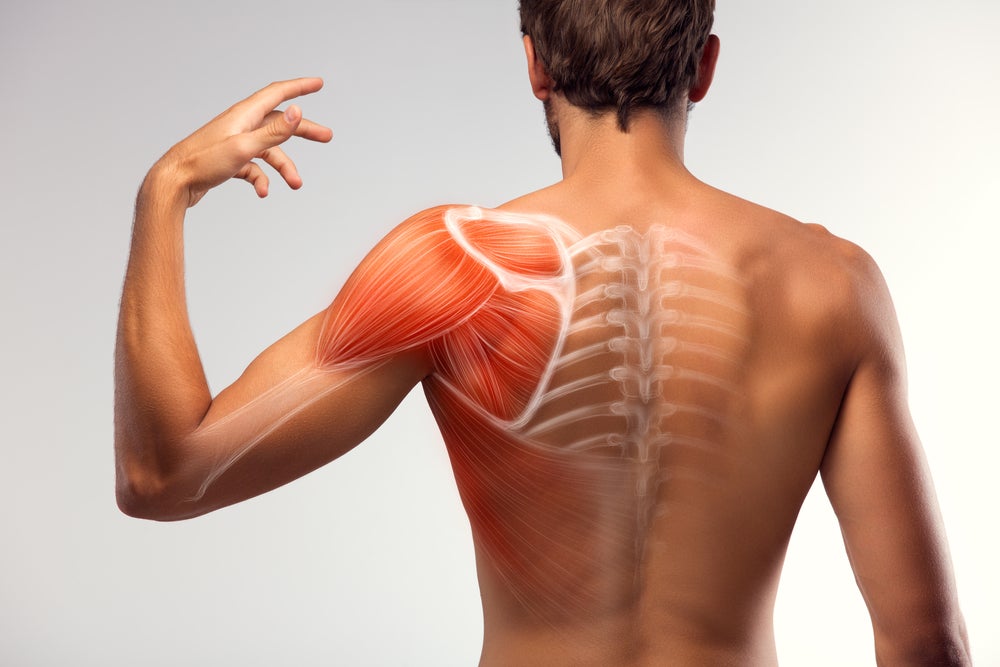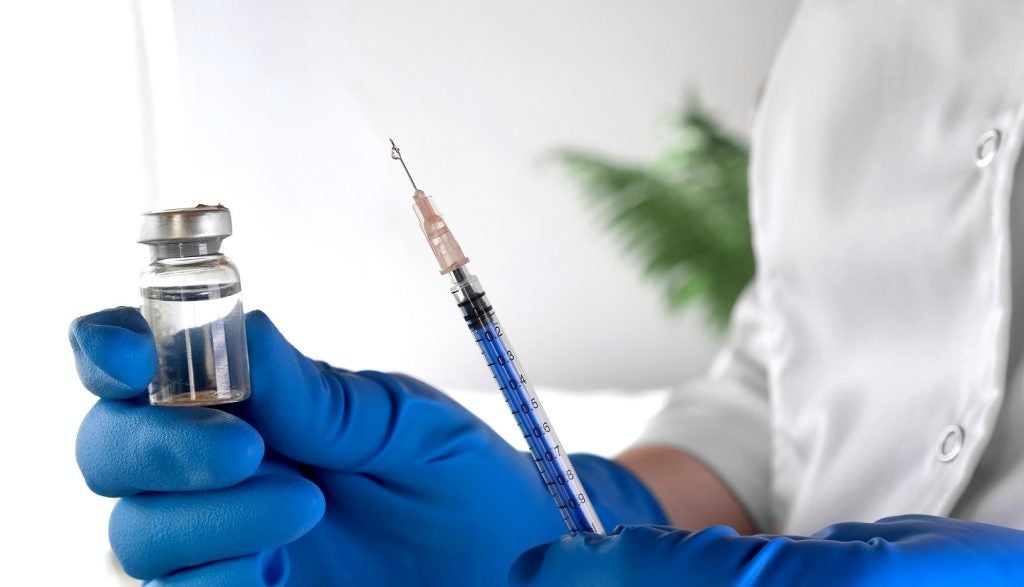Within the pharmaceutical sphere, it is commonly known that the development of reversible male contraception has been extremely difficult. Options for female contraceptives have been diverse, especially over the past 20 years, in which different varieties of hormonal contraceptives have been produced. Despite this, the lack of non-hormonal contraceptives remains problematic, especially with many women experiencing negative side effects on both combined forms of hormonal contraception (oestrogen and progestogen) and a progesterone-only form of contraception.
Potential side effects of hormonal contraceptives include mood swings, anxiety, water retention, acne, headaches, nausea and elevated blood pressure. In recent years, women have been increasingly shifting to non-hormonal forms of contraception, the two main popular forms being the copper intrauterine device (IUD) and family planning. Many women, however, are averse to IUD implantation due to the fear of invasiveness and potential pain or discomfort.
Choices for men are extremely limited, with the most common reversible option being the male condom. Using the GlobalData Clinical Trials database, it was found that there are only 31 trials using a drug intervention investigating male contraceptives. Of these, 80.6% were completed, 12.9% are ongoing and 6.4% have been terminated. A total of 58.0% of these trials were conducted in the US.
Trials focusing on male contraceptives have primarily looked at the use of hormones progesterone and testosterone to inhibit spermatogenesis. The main hurdle regarding male contraceptives is the way testosterone is metabolised in the body. It is broken down quickly by the liver when consumed orally, which would mean that several doses would be needed a day, reducing efficacy if one dose is missed, not to mention the potential risk of causing liver damage.
A trial investigating a contraceptive gel for men called NEST involves subjects applying a gel to their torso delivering nestorone and testosterone. The trial is currently in Phase II and ongoing. Subjects apply a combination gel with nestorone and testosterone transdermally daily for 52 weeks to a male subject’s arms and shoulders. The study has four phases (screening, suppression, efficacy and recovery), with monthly visits to provide male participants with the NES-8/T-62 gel. Female partners are contacted monthly and come in for a visit every three months. The study protocol consists of a screening phase lasting four to eight weeks, a suppression phase estimated up to 20 weeks, a 52-week maintenance/efficacy phase and a 24-week (estimated) recovery phase.
How well do you really know your competitors?
Access the most comprehensive Company Profiles on the market, powered by GlobalData. Save hours of research. Gain competitive edge.

Thank you!
Your download email will arrive shortly
Not ready to buy yet? Download a free sample
We are confident about the unique quality of our Company Profiles. However, we want you to make the most beneficial decision for your business, so we offer a free sample that you can download by submitting the below form
By GlobalDataThere is some demand for a safe male contraceptive, with men being keen to take control of their fertility. Due to biological mechanisms, however, trials have shown that producing a successful contraceptive for men can be difficult.








